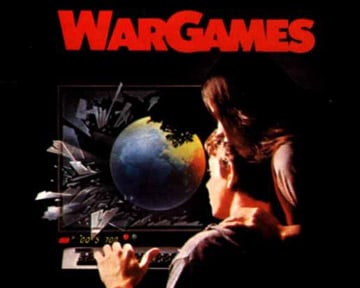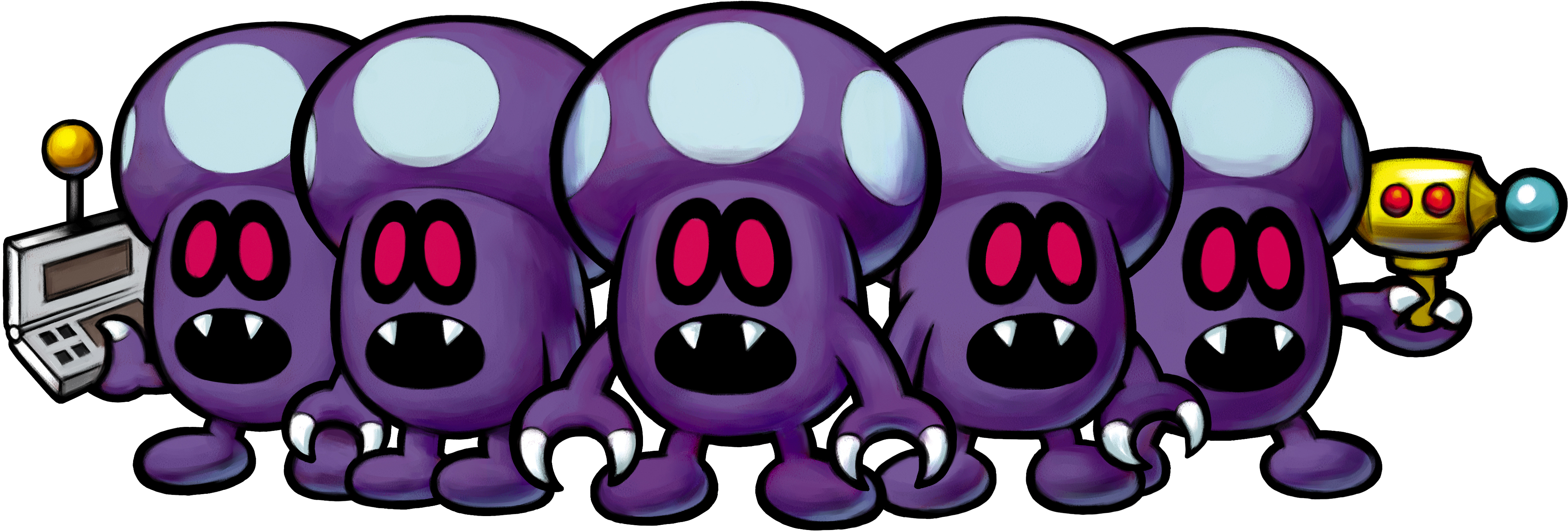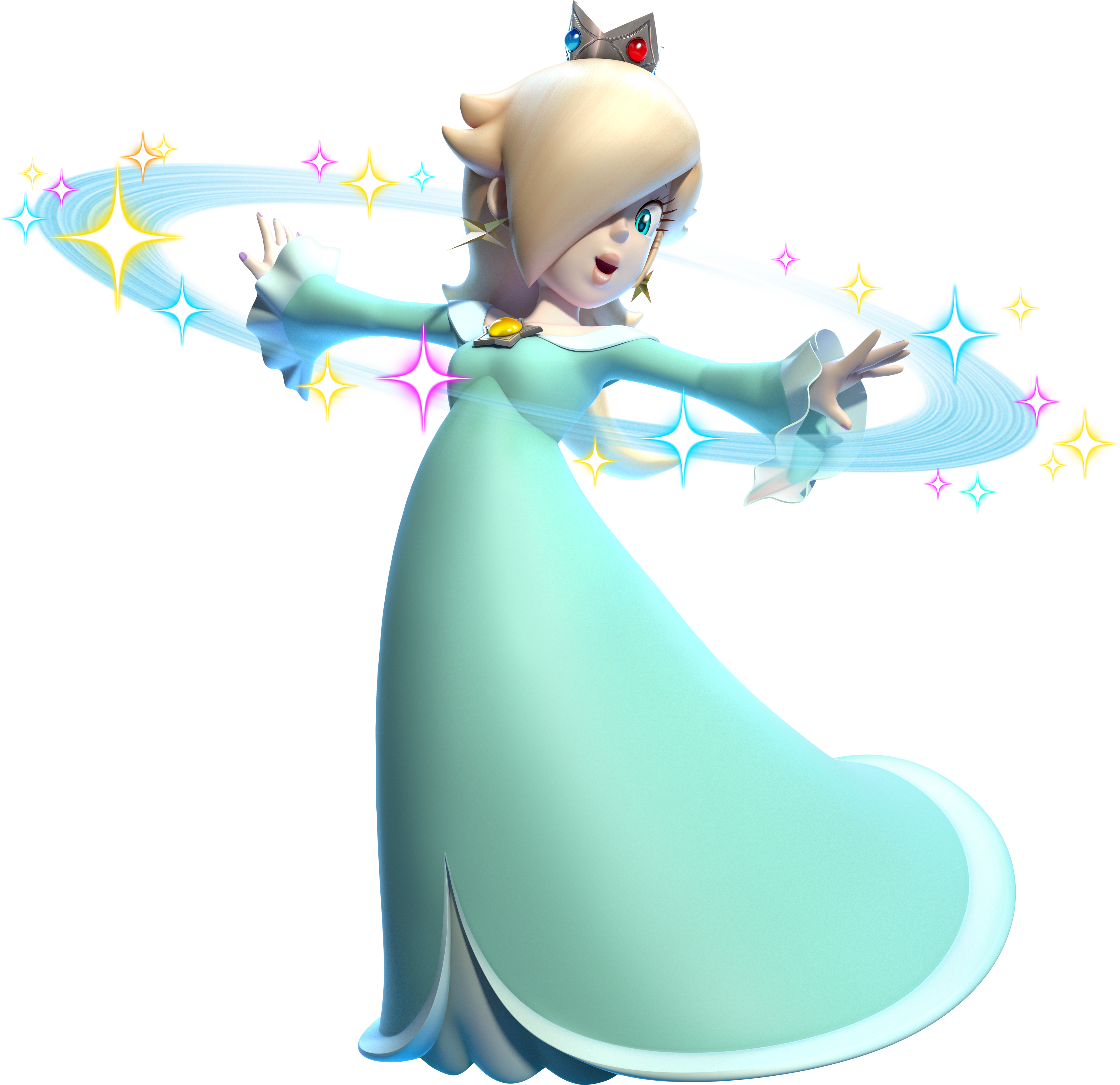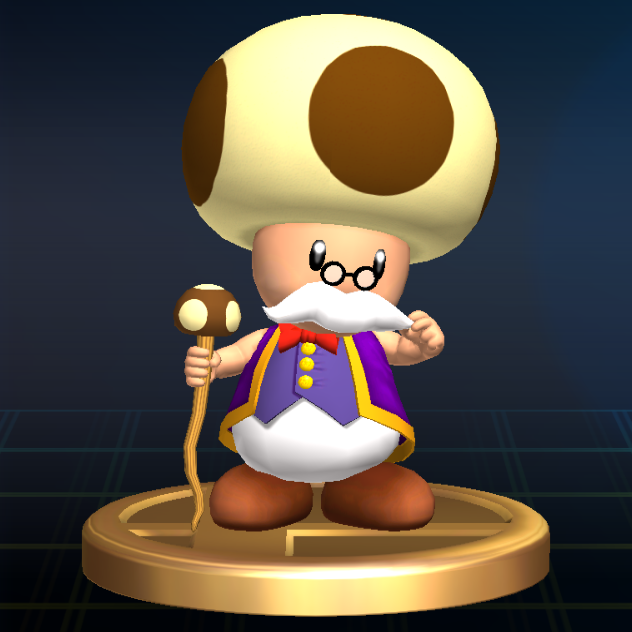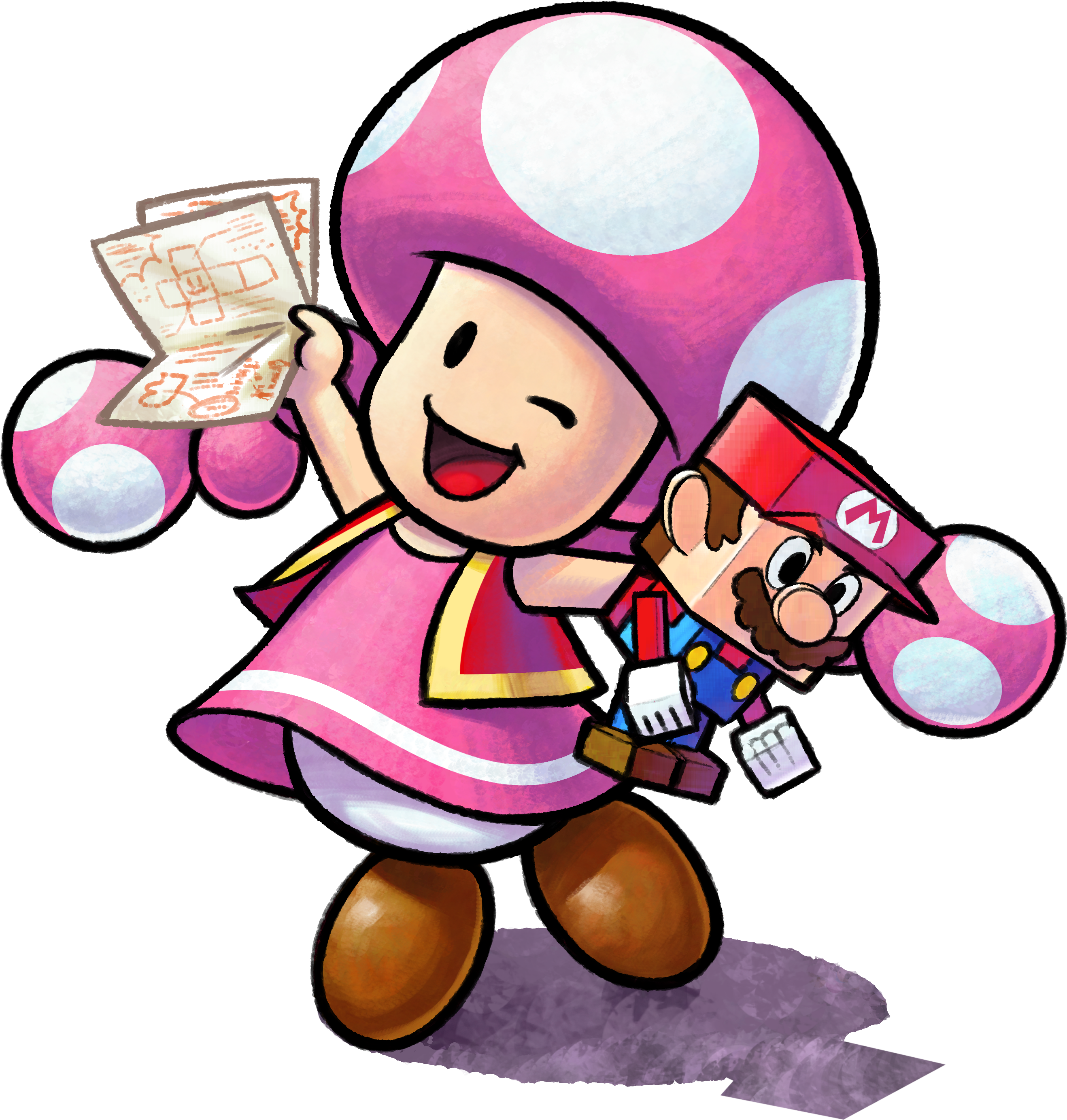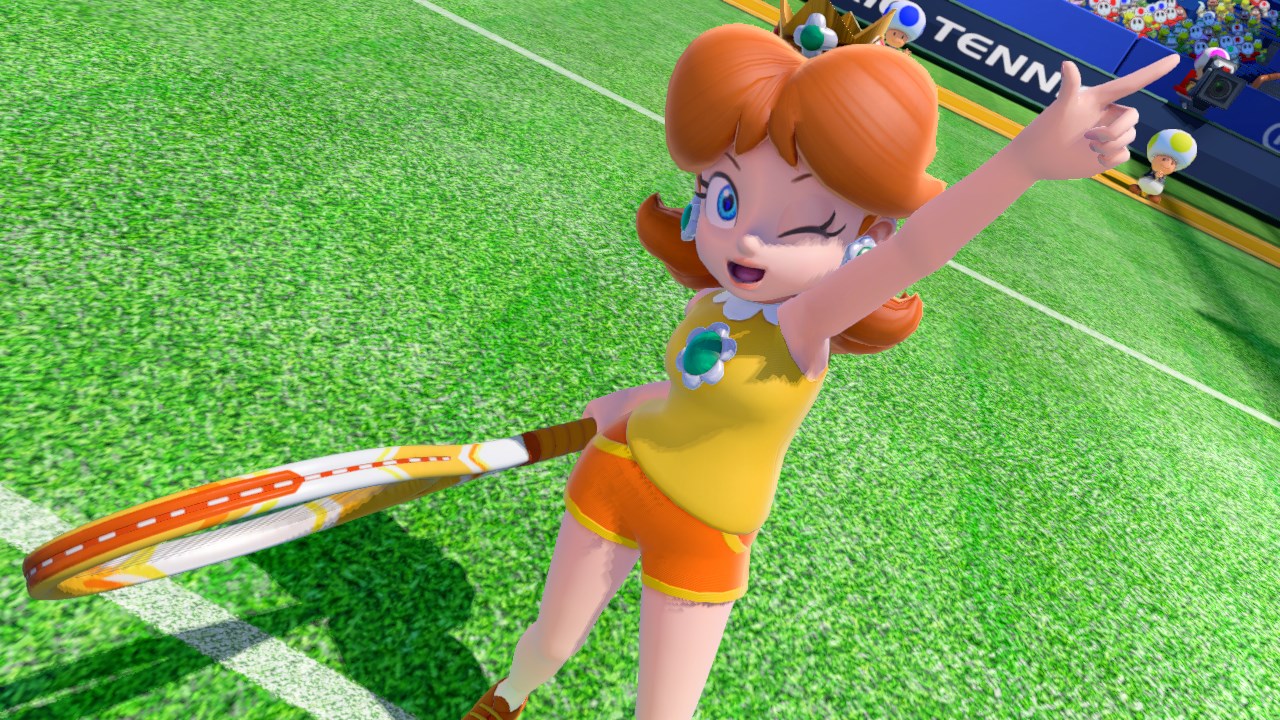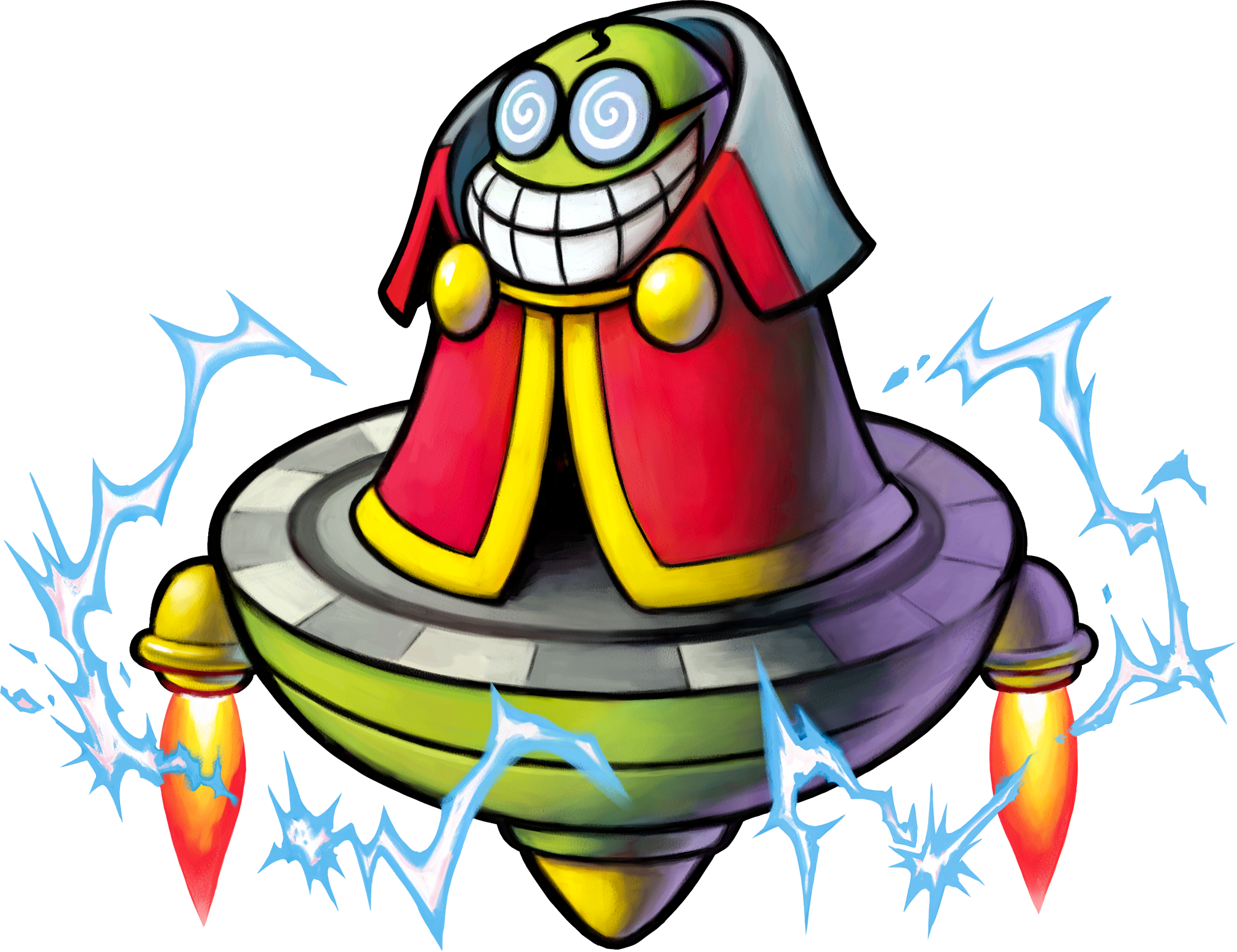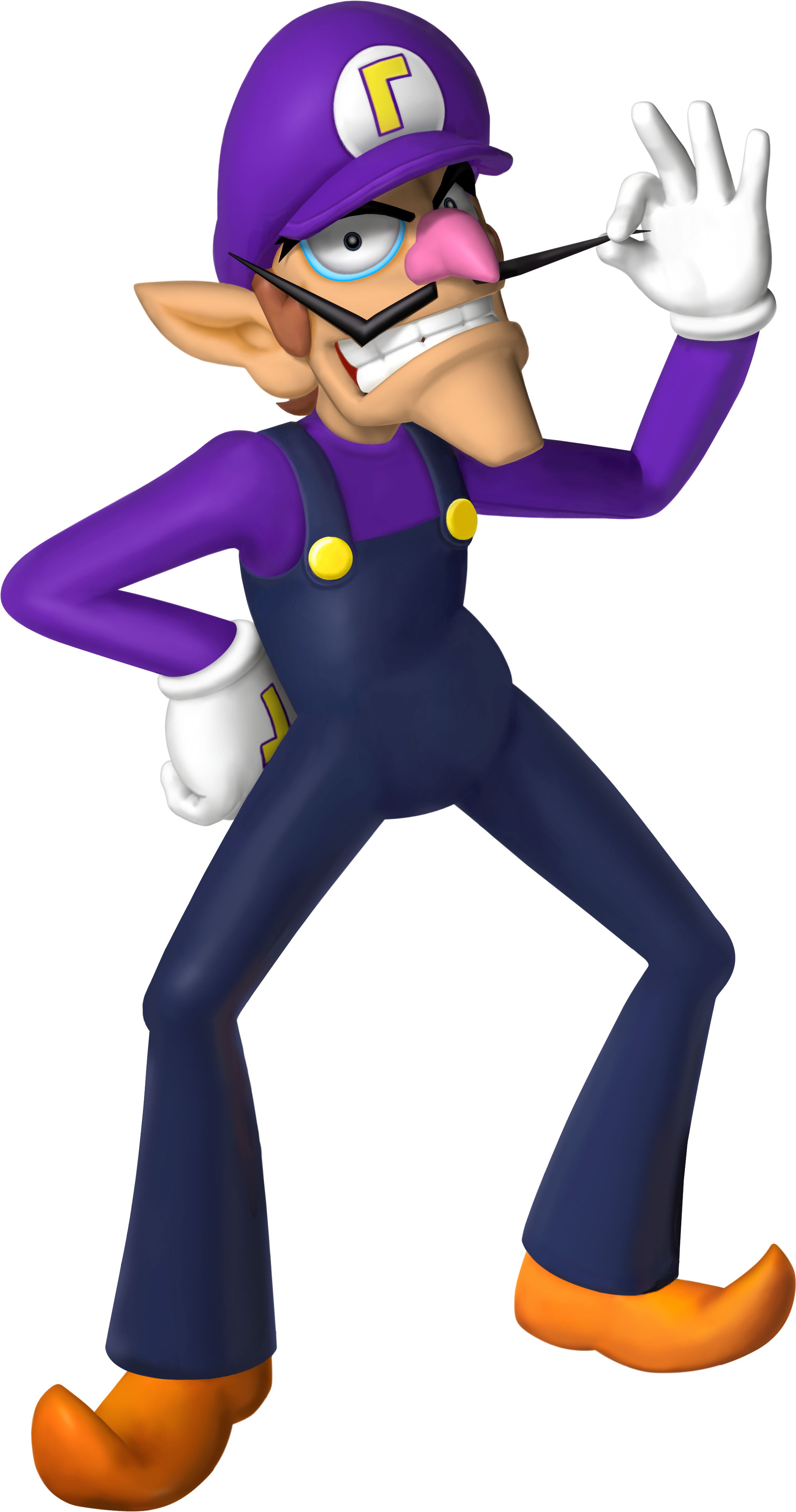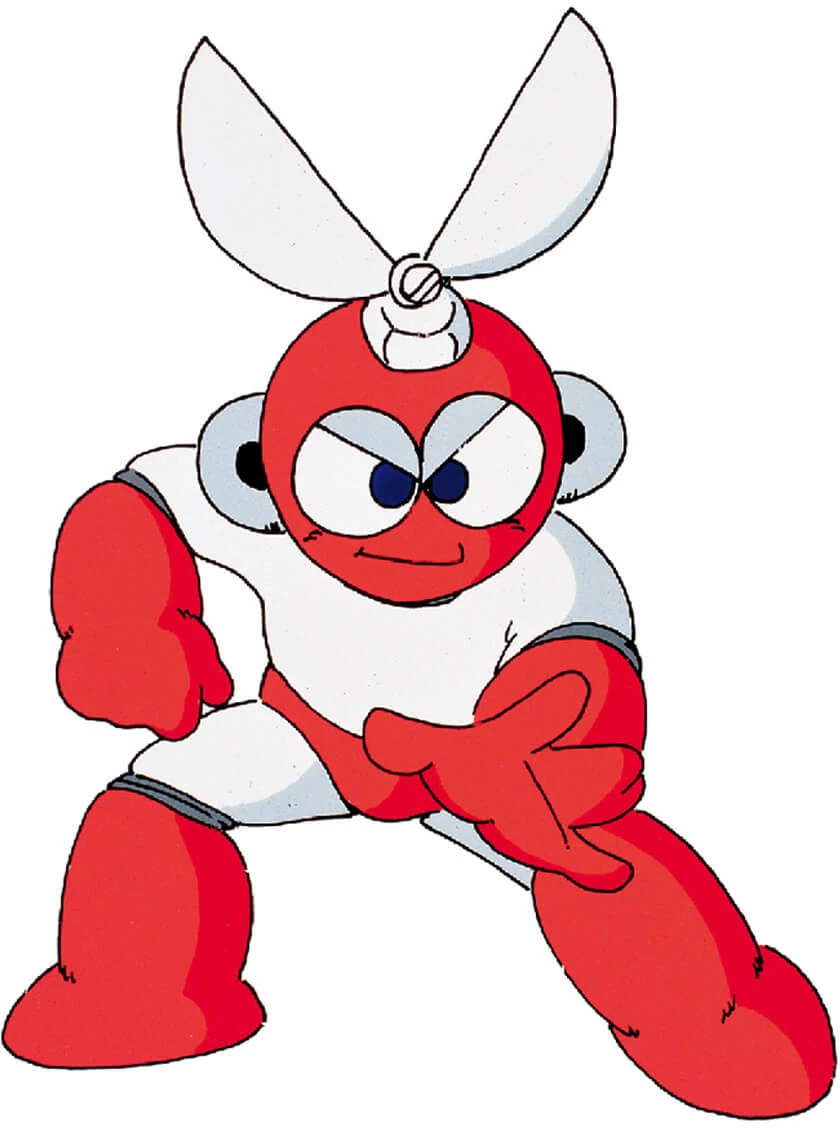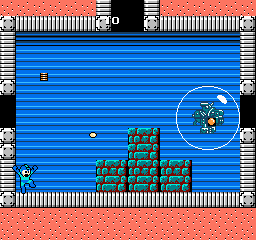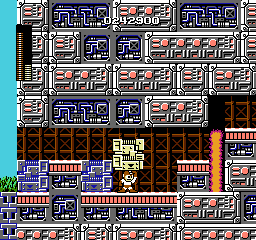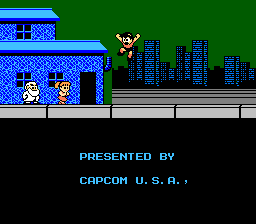 |
So many characters, so much detail...
Is that a carrot on this guy's iPhone? |
Disney’s 55th animated film and one of the more political films for
children they’ve released in recent years… despite a cast made up only of
mammalian animals. I’ll try to avoid revealing spoilers as much as I can.
Young rabbit Judy Hopps dreams of leaving the family business and become
a cop in the big city, going against what people expect her to be; and become a
cop, she does, after working harder than everyone else at the police academy.
She finds a place at the Zootopia Police Department thanks to a social program instated by the Mayor that promotes diversity at the police department. There, on her first day the gruff Chief Bogo
assigns her the task of being a meter maid. Now, some people
would see the logic behind a choice like this; Judy is a new cop who doesn’t
know the city’s layout, and this would be a chance for her to familiarize
herself with this new environment… but Judy doesn’t see it that way.
Still, she applies herself to this new task, and soon sees a fox
entering an ice cream parlor for elephants with a kid. Now, I must point out
that Judy has grown, under her parents, with preconceived ideas about foxes
(and an encounter with a fox bully didn’t help matters), but decides to give
the fox a chance… well, until she finds out he was there to buy a large
popsicle, melt it, and sell it as smaller popsicles as part of a scam. And when she
confronts him about it, he calls her inferior compared to all the other animal
species who are better suited to be cops. Judy also proves to be quite reckless
when she chases a runaway crook in Little Rodentia, where she’s bigger than
everyone else and risks stepping on a citizen at any moment.
This makes Chief Bogo not like her very much as you can guess, and he
threatens to fire Judy. That’s when an otter lady comes to the police station
to report the disappearance of her husband; Judy hurriedly takes the case –
again, against her chief’s orders. And before Bogo can fire her, the mayor’s
assistant, Dawn Bellwether (a sheep), congratulates her for taking the case.
Bogo, obviously not happy with this situation (and forced to follow Mayor Leodore Lionheart’s orders to promote diversity), reluctantly gives
Judy the case and gives her a 48-hour ultimatum. What little information Judy
can gather brings her back to the fox she met the day before: Nick P. Wilde,
who happens to have sold a popsicle to Mr. Otterton.
She manages to trick him into helping her, but Nick makes sure to waste
as much of her time as possible (which includes passing by the DMV to find a
car with a plate number, which results in that scene with the sloths, the one you have to remember
because of the trailer). And thus begins a quest where Judy and Nick become
unlikely allies in an investigation that reveals a threat to the mostly
peaceful life in Zootopia and the social climate within it.
Honestly, this is where I have to stop. I won’t spoil more of the plot
itself, though I’ll need to spoil certain elements of it (mostly the
background) for the following analysis, so if you don’t want to know certain
very important details, stop reading right away.
--------------
The world set up in this movie seems bright and colorful, with all
the animals, both predator and prey, living in the same city. Sure, each
species has kept a few of the traits we expect them to have (Judy is really
quick and agile, Nick is cunning), but the problem does not lie in the fact
that all the mammalian species live together. All the drama of the movie lies
in the preconceived ideas some of the citizens share about others. Expecting
certain animal species to act the way we imagine them to, either due to their
species or due to the way they look. Each species is expected to fill a certain
role. “Rabbits can’t be cops”, that’s the kind of thinking that Judy goes
against. “All foxes are nasty con men”, that’s the way Nick goes (mostly
because that’s what is expected of him by many other members of this society).
The story involves predator animals being found feral for an unknown
reason, and this sparks a social conflict in Zootopia where the prey animals,
who make up about 90% of the population (according to Dawn Bellwether), start
getting fearful about the remaining 10% and shunning them for what they seem to
be, not for what they actually are. You heard right: The villain of Zootopia,
whoever it might be, is attempting to provoke a large-scale racial war.
The moral of the film, as a whole, is that “everyone’s a little bit
racist” (cue the Avenue Q song), even those who are already oppressed. Everyone
has ideas about others, beliefs about others that have no basis outside of
appearance and certain stereotypes that just don’t want to die. Nick strongly
believes against rabbits in the police force, while Judy has gained from her
parents the mindset that foxes cannot be trusted (and even profiles him, like
some cops in real life do with black people). Yes, everyone has that part of
racism, sexism, that part of –isms basically, and one way towards making the world
a better place is to get rid of this dark place in each of us. In a more
idealistic story like Zootopia, it may be easier to do, but in real life?
People don’t change that quickly, sadly.
The other moral, “look beyond appearances”, permeates the entirety of
the movie, it’s not tacked on like many lazy films for kids do. Every character
is shown to have a side that clashes with what you’d expect of them. I already
explained about Judy’s deep-rooted prejudice against foxes; meanwhile, Nick has
had a pretty awful childhood and only goes with the “con man” life because that’s
what he’s expected to be. Chief Bogo, for how imposing and threatening he
looks, is just doing his job (and Judy is acting impulsively and not following
his orders, even though she just started so he's right to berate her); he’s also a fan of pop stars, and after Judy proves her worth, he
treats her with much more respect. The mayor, Leodore Lionheart, is a lion with
a large but reassuring, warm presence but reveals himself to be kind of a jerk.
Pop idol Gazelle is socially involved and takes a stand when the racial
tensions arise, in defense of predator animals (she has four tigers as her
backup dancers, this should be a tipoff that she trusts them). The mob boss of
the Tundra region, Mr. Big, is ruthless until he finds out his daughter was
saved by Judy earlier in the film, after which he treats Judy and even Nick
(whom he previously hated) like friends. Flash the sloth at the DMV shows
a hidden side of himself later... Heck, even Judy’s parents grow out of their prejudice
against foxes when we see them again later on.
This movie is just incredible. The amount of detail put not only in the
plot, but also in every character, every environment, every scene, is beyond
words. The characters are likable and introduced very well, not only in how we’d
perceive them to be but also in how they actually are beyond race or
appearance. The result is a complex fable about racism, bigotry and acceptance,
which are pretty big themes for Disney to tackle in one of their films. It was
a great risk, and they hit all the right notes. The funny scenes are REALLY
funny, there are many awesome action scenes, and the drama is very well-done. Even
the police investigation aspect is treated mostly with serious, with Judy (and
then Nick) following every trail of information they can find, then going up
the clues in order to solve the mystery. I would say that the reveal of the
real villain of the story doesn’t come off as much as a surprise since Disney
has done a similar reveal in three of their preceding films before this one
(Wreck-It Ralph, Frozen and Big Hero 6), but that’s really a minor complaint
that doesn’t take away much from the film.
My only fear is that the movie’s powerful message, which is made obvious
in its duration and in how it’s the central point of the entire drama, will go
over the heads of those who would learn from it (that is, racists and bigots in
general).
Seriously though, I don’t think I can praise this movie enough. I
consider this to be one of the best animated films I’ve seen, period. If you
haven’t seen it, go see it. It’s worth paying a theater ticket for.

















